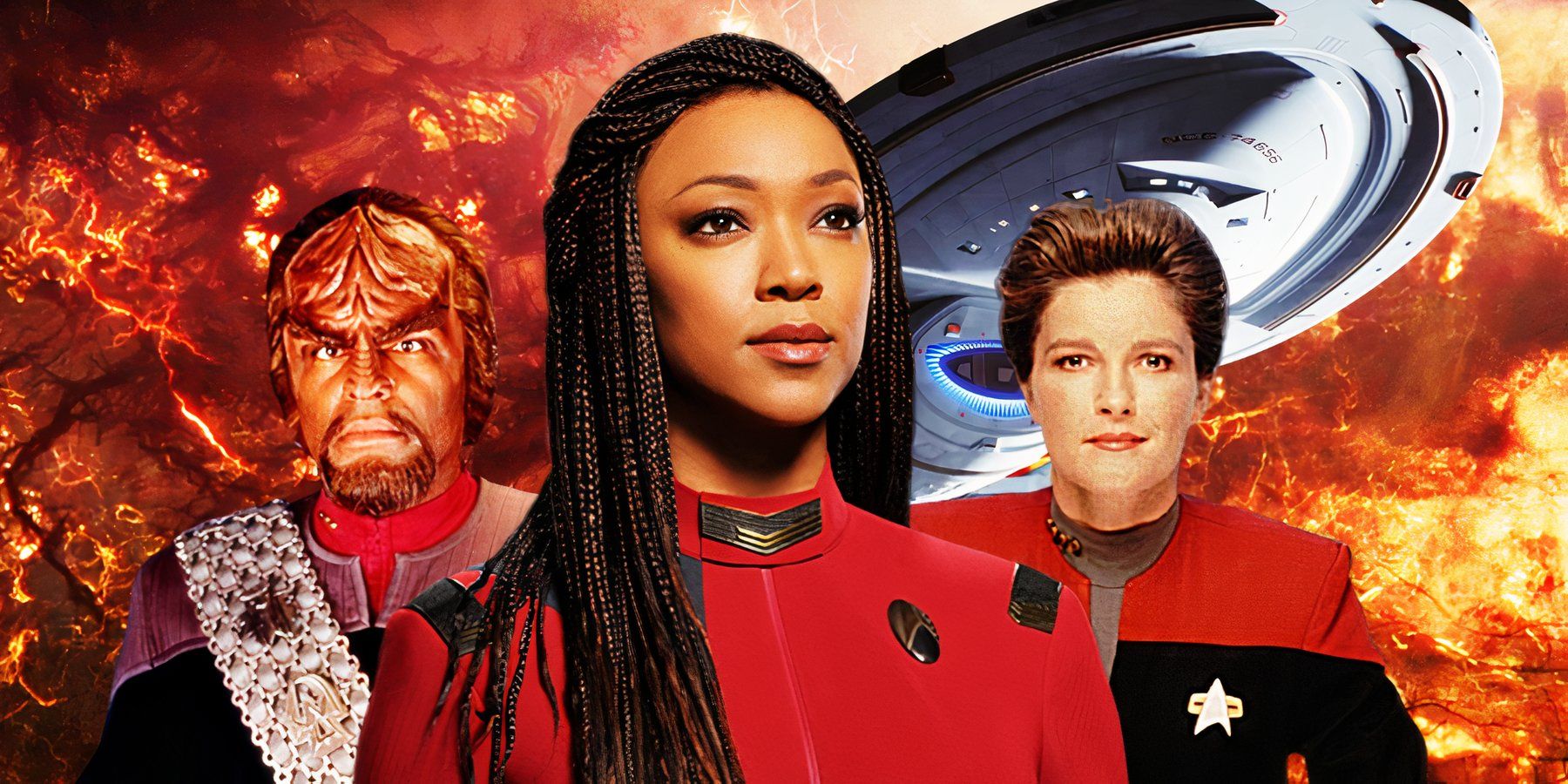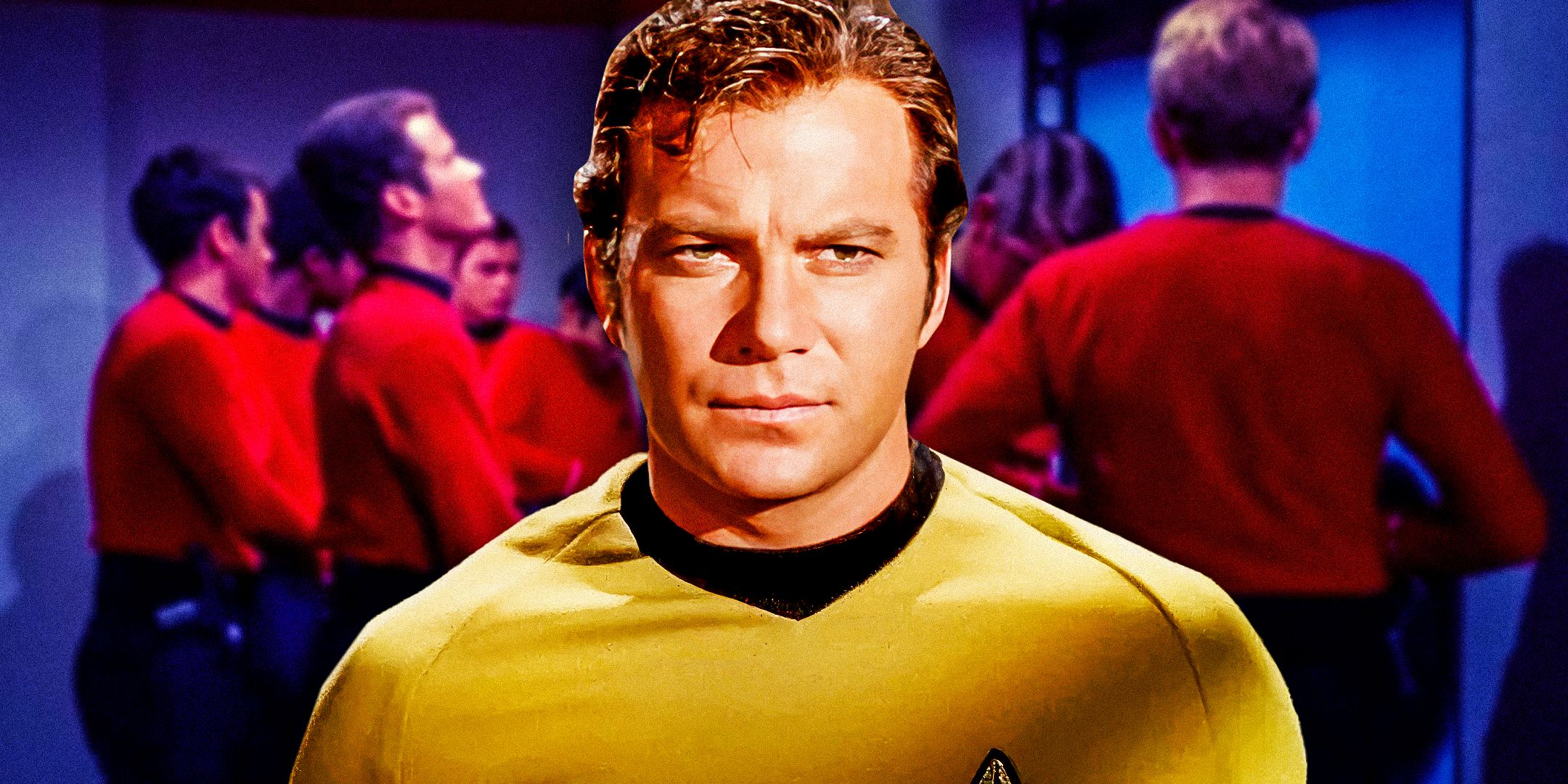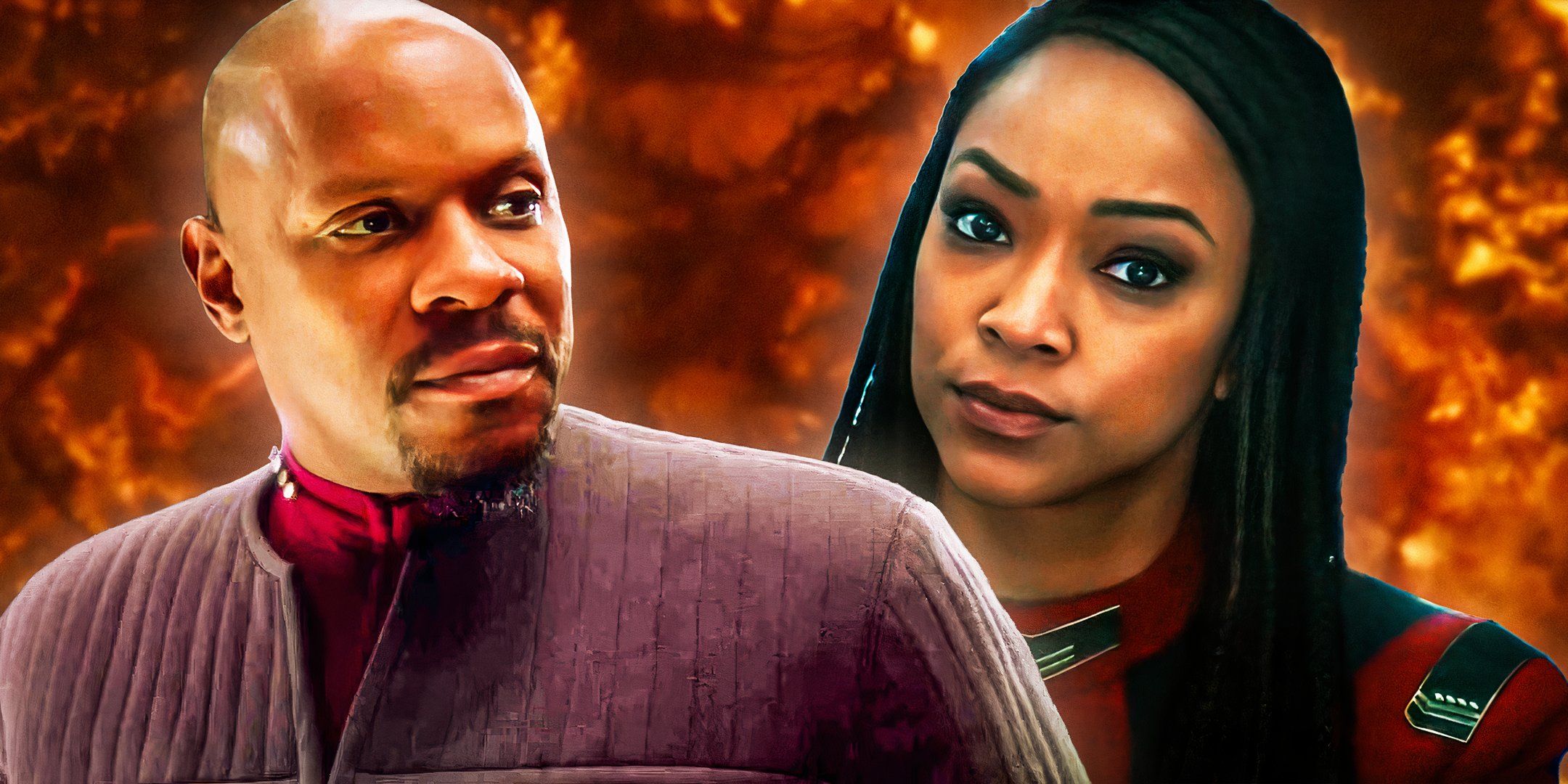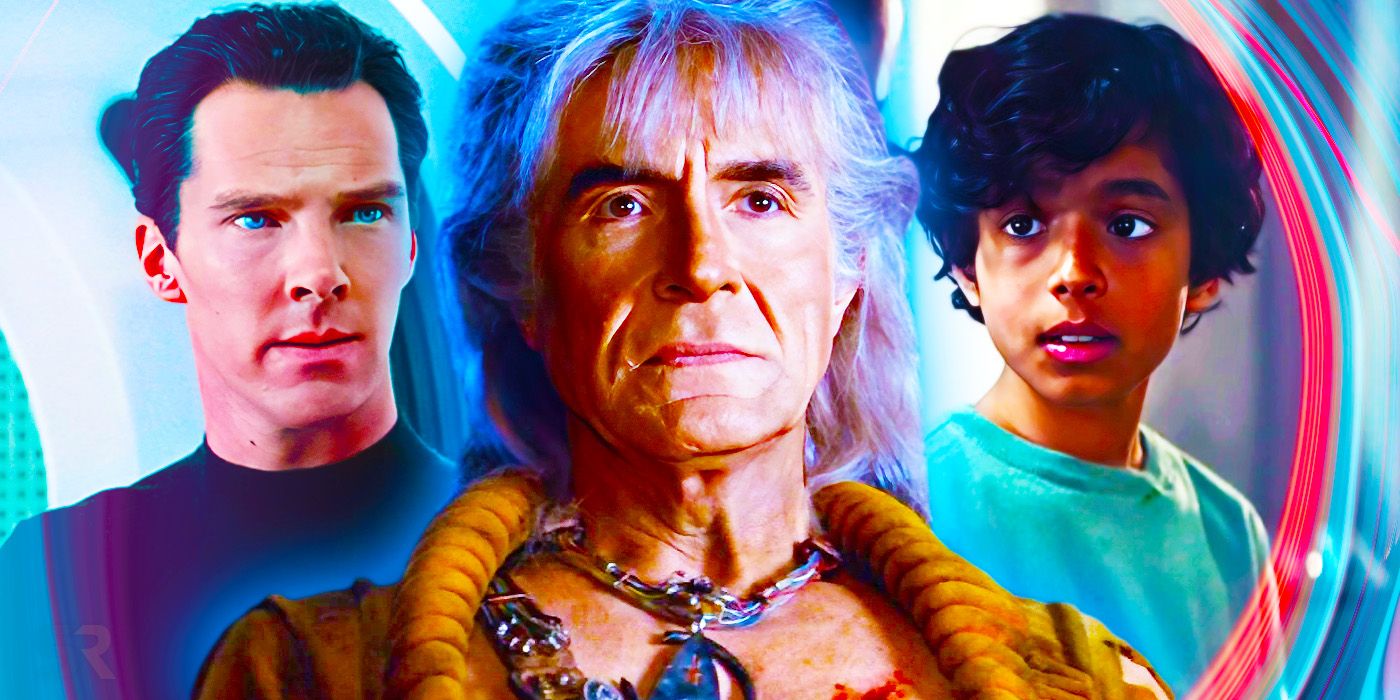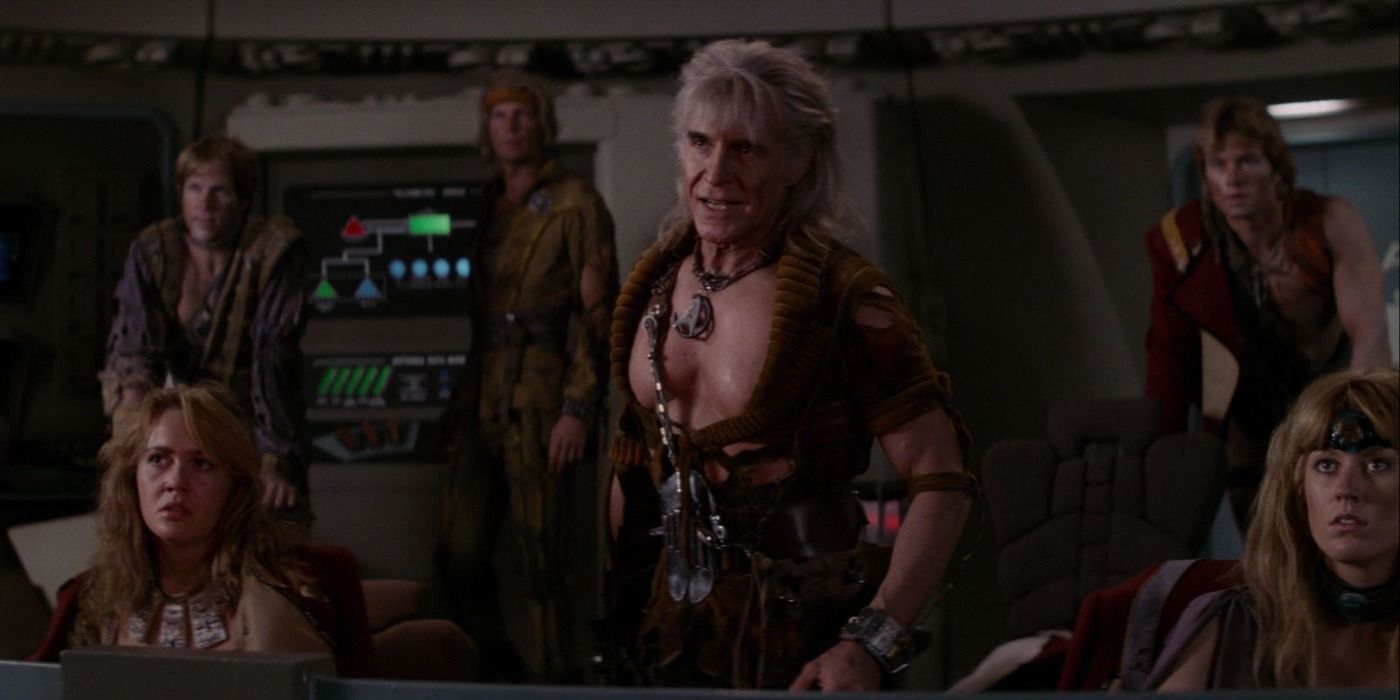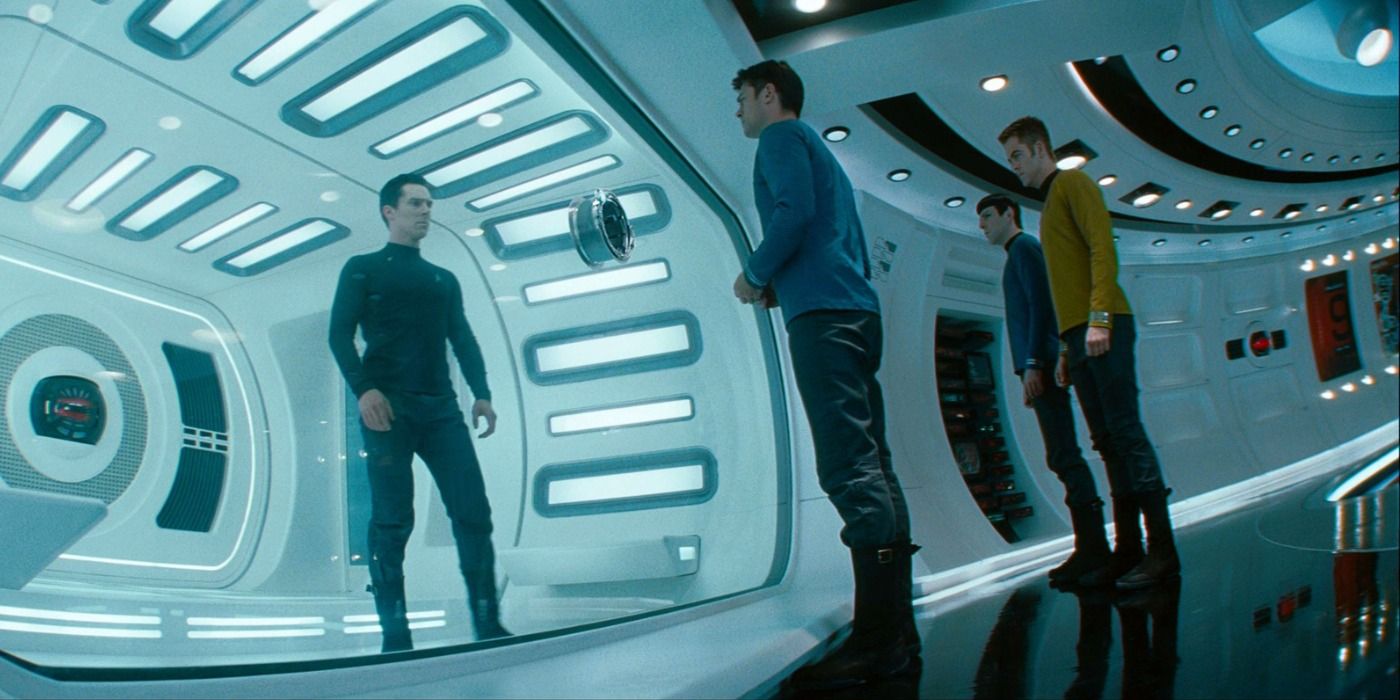Arguably Star Trek's greatest villain, Khan Noonien-Singh (Ricardo Montalban) has cropped up in several different Star Trek projects across multiple timelines. Introduced in the Star Trek: The Original Series episode, "Space Seed," Khan was a genetically enhanced human who became "the most dangerous adversary the Enterprise ever faced." In the original Star Trek canon, Khan rose to power in the 1990s along with several other genetically augmented tyrants. Soon after, wars broke out between the augments and their subjects in a conflict that became known as the Eugenics Wars.
After the events of TOS' "Space Seed," Captain Kirk (William Shatner) stranded Khan and his people on the barely-hospitable planet, Ceti Alpha V. In the following fifteen years, Starfleet never checked up on the augments, despite the fact that the orbit of Ceti Alpha V shifted, making the planet even more dangerous. Khan sought his retribution against Kirk and the USS Enterprise in Star Trek II: The Wrath of Khan, eventually causing the death of Spock (Leonard Nimoy). After TOS and Star Trek II: The Wrath of Khan, subsequent Star Trek series have added to the complex history of Khan Noonien-Singh, sometimes complicating (or rewriting) the previously-established timeline.
What Is Khan’s Eugenics Wars In Star Trek’s Original Timeline?
As established in the Star Trek: The Original Series episode "Space Seed" and Star Trek II: The Wrath of Khan, the Eugenics Wars were a devastating conflict that occurred in the mid-1990s. Sometime before this, scientists had been experimenting with genetics and selective breeding in an attempt to create superior humans. The scientists hoped that these superhumans, or augments, would be able to bring peace to Earth, but the augments grew overly ambitious and power-hungry. In 1992, Khan Noonien-Singh became the absolute ruler over one-fourth of the Earth's population. Though several other augmented humans seized power during this time, Khan became known as the "best of the tyrants."
Though it remains unclear how the Eugenics Wars began, the conflict proved to be utterly devastating, resulting in over 30 million deaths. The last tyrant to be overthrown, Khan's reign came to an end in 1996. Though they had been condemned to death, Khan and 84 of his followers managed to escape by placing themselves in cryogenic sleep aboard the SS Botany Bay. The rest of the augments had been wiped out and humanity grew fearful of any kind of genetic manipulation. Soon after the end of the Eugenics Wars, Earth banned genetic engineering entirely. Despite the ways this ban became a justification for discrimination against the genetically-modified Illyrians, the augment ban remained in effect throughout the 23rd and 24th centuries.
Strange New Worlds Changed Khan’s Eugenics Wars Timeline
In the Star Trek: Strange New Worlds season 2 episode, "Tomorrow and Tomorrow and Tomorrow," a young Khan (Desmond Sivan) appears in 21st-century Toronto, Canada. The episode follows Khan's descendent La'an Noonien-Singh (Christina Chong) and an alternate universe version of Captain Kirk (Paul Wesley) as they find themselves in the 21st century. As they work to figure out what event changed the timeline, they discover an undercover Romulan operative named Sera (Adelaide Kane) who planned to assassinate the young Khan. Sera reveals that Romulans have been attempting to slow the progress of humanity in order to keep them from achieving space travel and warp speed.
Since the Romulans have been manipulating history, the rise of Khan and the augments, as well as the ensuing Eugenics Wars, happen later than previous Star Trek series have stated. In an interview with CinemaBlend, Strange New Worlds' co-showrunner Akiva Goldsman confirmed that the dates of certain events, including the Eugenics Wars, were pushed forward "in order to keep Star Trek in our timeline." Star Trek supposedly takes place in the future of our timeline, and this change in Trek canon makes that still plausible. In "Tomorrow and Tomorrow and Tomorrow," La'an and Kirk successfully prevent the child Khan's death, setting up the future return of the powerful dictator.
J.J. Abrams’ Star Trek: Khan's Eugenics Wars Happened In The Kelvin Timeline
Set in the alternate Kelvin timeline, J.J. Abrams' Star Trek movies introduced yet another version of Khan Noonien-Singh, this time played by Benedict Cumberbatch. In Star Trek Into Darkness, Captain James T. Kirk (Chris Pine) and the crew of the USS Enterprise encounter Khan posing as a Starfleet officer who went rogue. In this version of the timeline, the Eugenics Wars took place in the 1990s, after which Khan and his people were exiled into space. After the destruction of Vulcan, Admiral Alexander Marcus (Peter Weller) eventually found the SS Botany Bay drifting in space. Despite knowing Khan's violent history, Marcus revived Khan, believing he would prove useful in the upcoming war with the Klingons.
Admiral Marcus created a false identity for Khan as Starfleet Officer and Section 31 agent John Harrison. Khan began helping to design new weapons and ships, including the USS Vengeance, a Dreadnaught class vessel. Because Marcus had threatened Khan's people, Khan eventually turned against him and declared war on Starfleet. Though Kirk and the Enterprise crew eventually stopped him, Khan still managed to cause a great deal of destruction. It seems that Khan remains dangerous and vengeful regardless of the timeline, but it remains to be seen how future Star Trek projects will treat the infamous tyrant.


